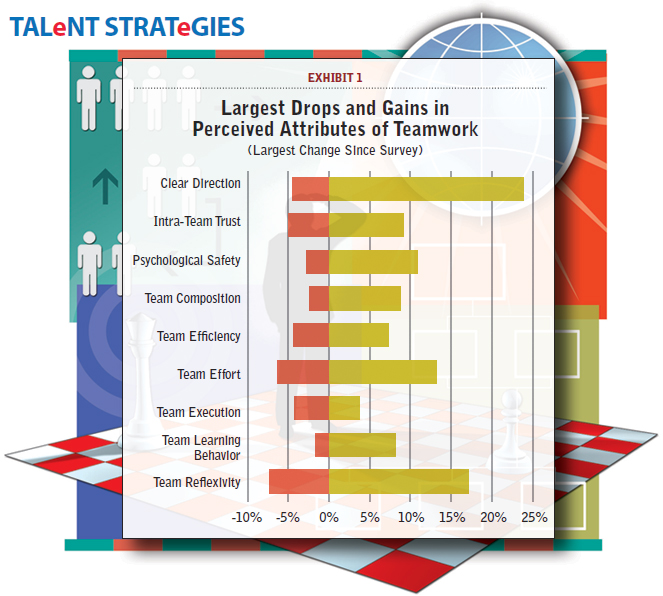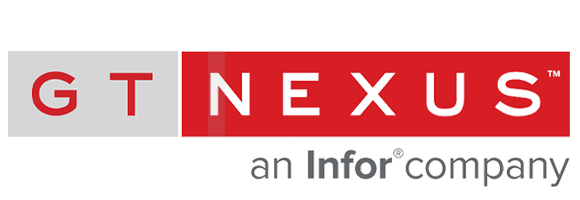Global Virtual Teams: How Are They Performing?
The biggest gain could come from initiatives to build trust among the team members, and managers should also make an effort to nurture this trusting environment over time.
What should the manager of a team of globally dispersed individuals do to improve the team’s performance?
This is a vital question for many supply chain managers today as Global Virtual Teams (GVTs) become more the rule than the exception.
In a 2012 survey of its members, the Society for Human Resource Management found that 46 percent of the organizations polled were using virtual teams.
Two out of three multinational firms in the survey used GVTs, and 28 percent of the firms with U.S.-based operations relied on these groups. Survey respondents rated “building team relations” as the single biggest factor that could affect a team’s success.
The MIT SCALE (Supply Chain and Logistics Excellence) Network, an international alliance of research and education centers, is engaged in research to help identify the aspects of teamwork that have the biggest impact on performance. The findings will also provide guidance for managers on the most effective team-building initiatives.
Global Game
The research is based on the 2013 SCALE Challenge. This four-month long competition involves student teams from the four SCALE centers in North America (Cambridge, Mass.), South America (Bogota, Colombia), Europe (Zaragoza, Spain), and Asia (Kuala Lumpur, Malaysia). A total of 98 Master’s students participated. These were divided into 20 teams of four or five individuals, with each team including at least one student from each of the four centers.
The teams competed in an online, multi-round, multi-player supply chain simulation game called “The Fresh Connection”. In this game, an orange juice supply chain is managed by four functions along with a CEO. The goal: to maximize the return on investment (ROI).
The simulation application computes the ROI for each team after each simulated round. The team with the highest ROI wins. The benefit of using this game to explore what affects the performance of virtual teams is that it provides a quantitative, single-number performance metric (the ROI) that the competing teams strive to maximize.
Twelve rounds of the competition were played between September 2012 and January 2013. The team members had not met prior to the start of the game. For the first six rounds they performed as GVTs, using remote communications channels such as Skype and email. But the last six rounds were played face-to-face in Cambridge, during an annual gathering of SCALE students.
Performance Findings
Over the entire 12 rounds of the simulation we evaluated nine attributes of teamwork four times (after rounds 2, 4, 6, and 7). The attributes were based on standard constructs of teamwork from Organization Theory.
We also gathered information about the communication methods used by the teams and the level of engagement of team members. Self-report questionnaires were used to obtain this information, completed by the students individually before they were informed of their team’s performance in the latest round of the simulation.
In addition to the teamwork attributes, we collected data about five student demographic characteristics (age, gender, country of origin, personality profile, affiliated SCALE center) and three individual performance attributes (work experience, GRE/GMAT scores, and rank in the program). We performed statistical analyses to determine which of the individual and team attributes had the biggest impact on the team performance (ROI) in each round. Below are three interesting results from our analyses.
1. A few individual attributes matter. The performance of a Global Virtual Team is positively related to the analytical reasoning ability of individual team members (as measured from GRE/GMAT analytical score). Interestingly, none of the other individual attributes we evaluated—work experience, age, gender, quantitative or verbal skills as measured by GRE/GMAT quantitative and verbal scores—explained the variation in team performance.
The importance of analytical reasoning ability in a simulation that requires tactical business thinking is not surprising. However, the apparent unimportance of other factors such as quantitative skills or work experience is counter-intuitive. This may not be valid for some other decision contexts, such as those requiring extensive statistical analyses or dealing with change management issues.
Another surprise: individual team members’ class rank (based on the fall semester GPA) also explained a small variation in team performance, but in a counter-intuitive direction, higher class rank (i.e., towards the top of the class) predicted worse team performance.
2. Trust is key. The single most important teamwork attribute affecting the virtual teams’ performance was the level of trust between team members. The “intra-team trust” attribute was measured using three questions in the survey about the degree of trust in other team members, whether colleagues can be relied upon to keep their word, and if team member work needs to be checked. Surprisingly, none of the remaining eight teamwork constructs explain variation in performance.
Our analysis also showed that in addition to “intra-team trust,” three other teamwork attributes might influence team performance: “Team efficacy” (individual team member’s belief that his/her team is capable of accomplishing the team’s goal), “psychological safety” (an individual’s feeling that s/he is treated by other team members a valued team member), and “team composition” (individual’s belief that his/her team is composed of competent individuals).
3. Teamwork attributes follow the same pattern. All nine attributes (shown in Exhibit 1) of teamwork exhibited an identical pattern over the course of our survey.

Every teamwork attribute deteriorated by between 1.5 and 7.5 percent over the course of three months when the students competed in GVTs. (While observing the same pattern in all nine attributes is more than coincidental, the current sample size does not allow us to stake this claim with confidence.)
Subsequently, all nine attributes experienced a sharp increase over the highest levels experienced by the virtual teams—by between 3.5 and 24 percent—after the students met their teammates and made decisions for the next simulation round in person. Exhibit 1 presents the largest drop and gain in the perceived quality of each teamwork attribute.
Certainly, the students’ perceived quality of teamwork was higher when working in real time, as opposed to their experience as part of a GVT. The three attributes of teamwork experiencing the highest increase after in-person meeting were the following: having a clear direction (increase of 23.7 percent), team members’ reflection on their team’s decision-making (17.1 percent), and the evaluation of whether teammates gave their best to achieve the team’s goal (13 percent).
Interestingly, none of these attributes were among the top four that exhibited the highest correlation with team performance. The most important teamwork attribute, “intra-team trust,” experienced only a modest gain of 9.2 percent over the highest level experienced in the first three rounds.
Thus, even though members of the virtual teams may not value the quality of their teamwork as highly as those working in co-located teams, the performance deterioration from using virtual teams instead of real teams may not be as high as that suggested by the big gap in some teamwork attributes.
These results provide some interesting insights into the functioning and performance of the GVTs. We will be conducting a follow-on study in the Fall of 2013 to explore in more detail how some individual characteristics, teamwork attributes, and collaboration methods influence their performance.
Pointers for Better Teams
What are the key takeaways for someone managing a global team? Our preliminary analyses suggest that the biggest gain could come from initiatives to build trust among the team members.
Managers should also make an effort to nurture this trusting environment over time. In addition, recruiting individuals with high analytical reasoning may improve team performance, at least in situations where GVTs tackle decisions requiring high analytical competence.
About the authors: Dr. Shardul Phadni is a Postdoctoral Associate at the MIT Center for Transportation and Logistics (MIT CTL). He can be contacted at [email protected]. Dr. Chris Caplice ([email protected]) is Executive Director, MIT CTL.













